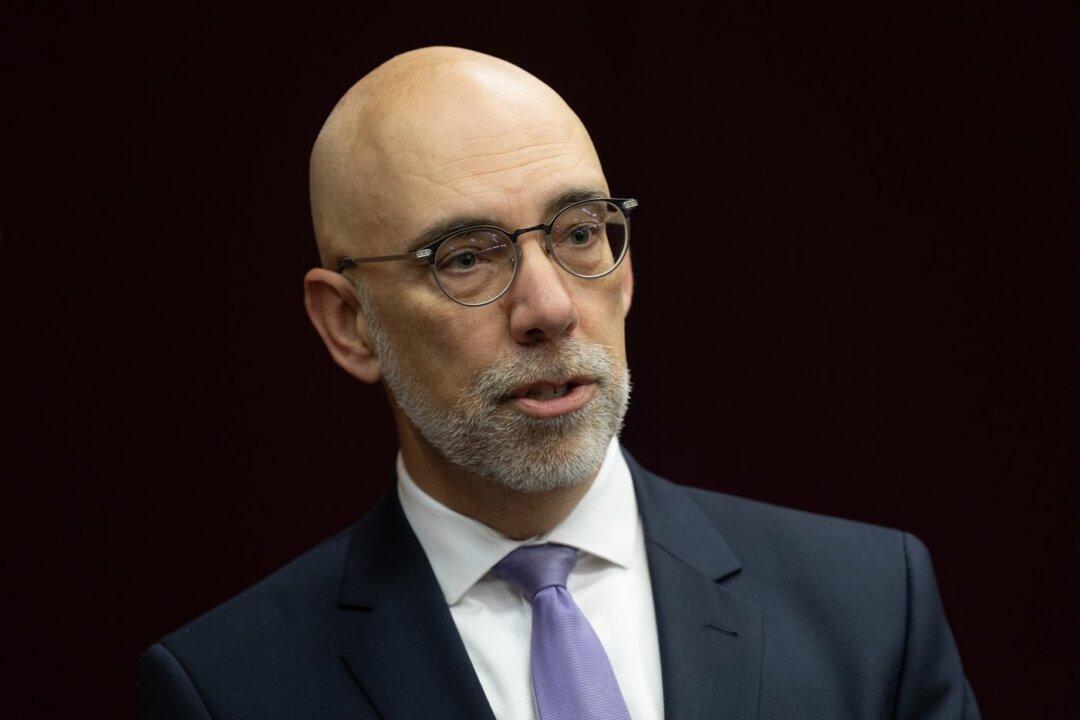The Parliamentary Budget Office (PBO) predicts Canada’s economy will remain weaker for the rest of 2024, with higher interest rates continuing to put a damper on economic growth.
Despite recent rate cuts by the Bank of Canada, which reduced its key interest rate from 5 percent to 4.25 percent from June to September, the PBO said the elevated rates “will continue putting downward pressure on consumer spending and investment.”





